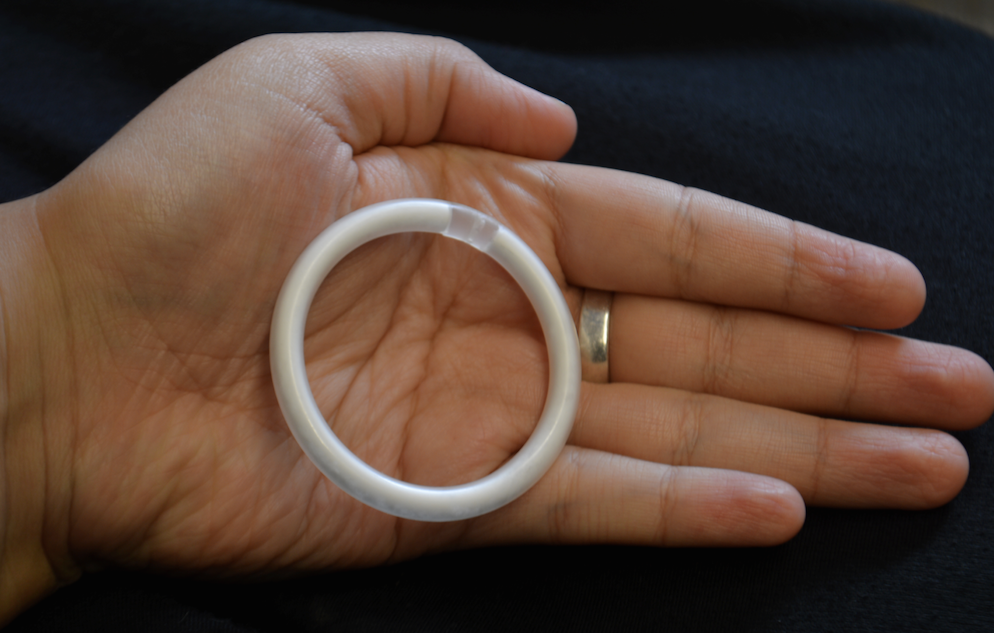
Dana Watnick, a doctoral student at CUNY SPH, has authored a study examining the use of pre-exposure prophylaxis in the form of a vaginal ring as an HIV prevention method for women. Vaginal rings for pre-exposure prophylaxis is an HIV prevention method that does not require daily or coitally-dependent dosing. Her research was published in the journal AIDS and Behavior.
Through a randomized placebo-controlled trial of a tenofovir disoproxil fumarate intravaginal ring, Watnick and colleagues assessed the acceptability of the product among its users through in-depth interviews with 18 women in New York City during and after 14 days of continuous use.
Women reported that the ring was comfortable with few side effects, regardless of whether they received the active ring or the placebo ring. However, interest in future use of the ring by this cohort was modest. Watnick explained that there were many factors influencing women’s acceptability of a prophylactic ring including “concerns about interference with sex or menstruation; concern for their partner’s health; and that ring use might infer promiscuity or lack of trust between partners.” Watnick said, “Most women wouldn’t even consider ring use because they didn’t think they were at risk for HIV.”
Watnick’s findings suggest that future studies should continue to identify and address individual and relationship factors that influence acceptability, early in the product development process. “In order to develop these rings so that that women might actually use them, it is crucial to understand what makes these rings acceptable or not to women,” Watnick concludes.




